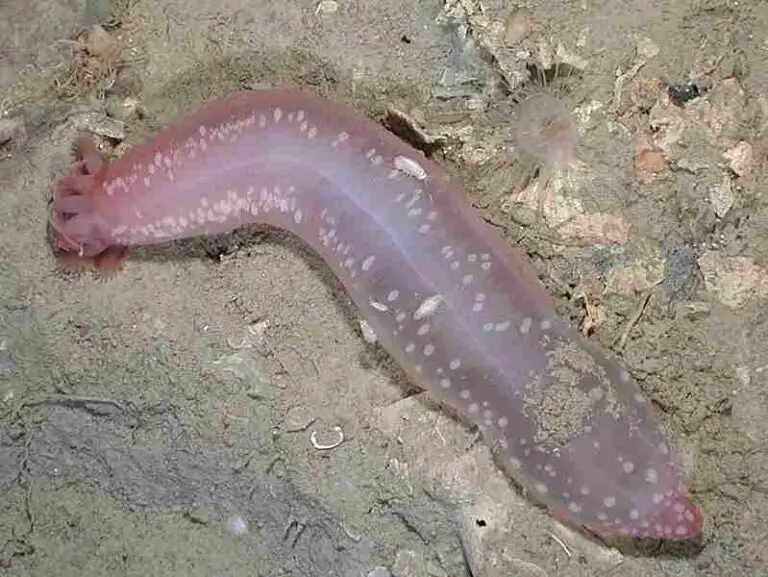Piezoelectric Definition, Materials and Applications Explained
Piezoelectric is a term that is used to describe any phenomenon, process or material, that involves electricity generation from vibration or mechanical stress. This article discusses piezoelectric definition, materials, and applications, as outlined below;
-Piezoelectric Definition: 4 Ways to Define the Piezoelectric Concept
Piezoelectric Definition: 4 Ways to Define the Piezoelectric Concept
Piezoelectric relates to piezoelectricity; which is a phenomenon whereby mechanical stress is converted to electric power [1].
The above describes the term; ‘piezoelectric’ in terms of its relationship with the phenomenon of stress-based electromechanical conversion. In an alternative piezoelectric definition below, the concept is described from a slightly different perspective.
Piezoelectric is an adjective from the piezoelectric effect; that refers to the generation of electric current from charge dynamics created by differential stresses on a material.

As indicated above, piezoelectric phenomena are dependent on materials to occur. Some of these piezoelectric materials are mentioned in the alternative piezoelectric definition below;
Piezoelectric refers to the nature and capability of piezoelectric materials like barium titanate, lead zirconate titanate (PZT), gallium nitride, topaz, quartz, berlinite (alluminum phosphate) and zinc oxide; to generate electricity in detectable amounts, from applied pressure or stress [2].
Lastly, piezoelectric definition is given based on the concept’s relevance with regards to the nature, function and types of piezoelectric sensors;
Piezoelectric refers to the phenomenon or effect of electricity generation from mechanical stress, and the role of lead, pin, sonic, mega-sonic, and ultrasonic sensors in evaluating such conversions.
Piezoelectric Materials
Piezoelectric materials are materials which are capable of converting vibrations, strain, or mechanical stress; into electric power.
Examples of piezoelectric materials are;
1). Quartz
2). Berlinite
3). Lead zirconate titanate (PZT)
4). Rochelle salt
5). Tourmaline
6). Polyvinylidene fluoride
7). Topaz
8). Dry bone
9). Cane sugar
10). Zinc oxide
11). Gallium nitride
These may be broadly classified info three types which are; polymeric, ceramic, and crystalline piezoelectric materials.
The most efficient piezoelectric materials are those that exhibit the highest sensitivity to stress, and which possess significant compositional isotropy, such as single-cyrstals of PMN-PT (Pb(Mg1/3Nb2/3)O3-PbTiO3) [3].
Metals that are piezoelectric include zinc, barium, lithium, gallium, and lead. However, these metals do not always exhibit piezoelectric characteristics in their native form. Rather, they facilitate the piezoelectric effect when they occur in compound form, such as barium titanate and gallium nitride.
Piezoelectric materials may occur naturally, or they could be manmade.
Piezoelectric Applications
Piezoelectric applications are;
1). Diesel fuel injectors
2). Electronic actuators for precision and acoustic devices
3). Ultrasonic transducer units
4). Piezoelectric cables
5). Grill ignition element
6). Airbag sensors
7). Medical sensor units
8). Engine-knock sensors
9). Cell phone vibration sensors
Conclusion
Piezoelectric refers to an effect, phenomenon, material or device, that generates electricity from mechanical stress or applied pressure.
Piezoelectric materials are materials that can experience charge flow when subjected to mechanical stress. Some examples of piezoelectric materials are; quartz, berlinite, lead zirconite titanate (PZT), rochelle salt, tourmaline, topaz, dry bone, cane sugar, zinc oxide and gallium nitride.
Piezoelectric applications are; diesel fuel injectors, electronic actuators, ultrasonic transducers, piezoelectric cables, grill ignition element, airbag sensors, medical sensors, engine-knock sensors, and cell phone vibration sensors.
References
1). Dannier, A.; Brando, G.; Ruggiero, F. N. (2019). “The Piezoelectric Phenomenon in Energy Harvesting Scenarios: A Theoretical Study of Viable Applications in Unbalanced Rotor Systems.” Energies 12(4):708. Available at: https://doi.org/10.3390/en12040708. (Accessed 6 December 2022).
2). Pohanka, M. (2018). “Overview of Piezoelectric Biosensors, Immunosensors and DNA Sensors and Their Applications.” Materials 11(3):448. Available at: https://doi.org/10.3390/ma11030448. (Accessed 6 December 2022).
3). Yang, Z.; Zhiu, S.; Zu, J.; Inman, D. (2018). “High-Performance Piezoelectric Energy Harvesters and Their Applications.” Joule 2(4):642-697. Available at: https://doi.org/10.1016/j.joule.2018.03.011. (Accessed 3 December 2022).



